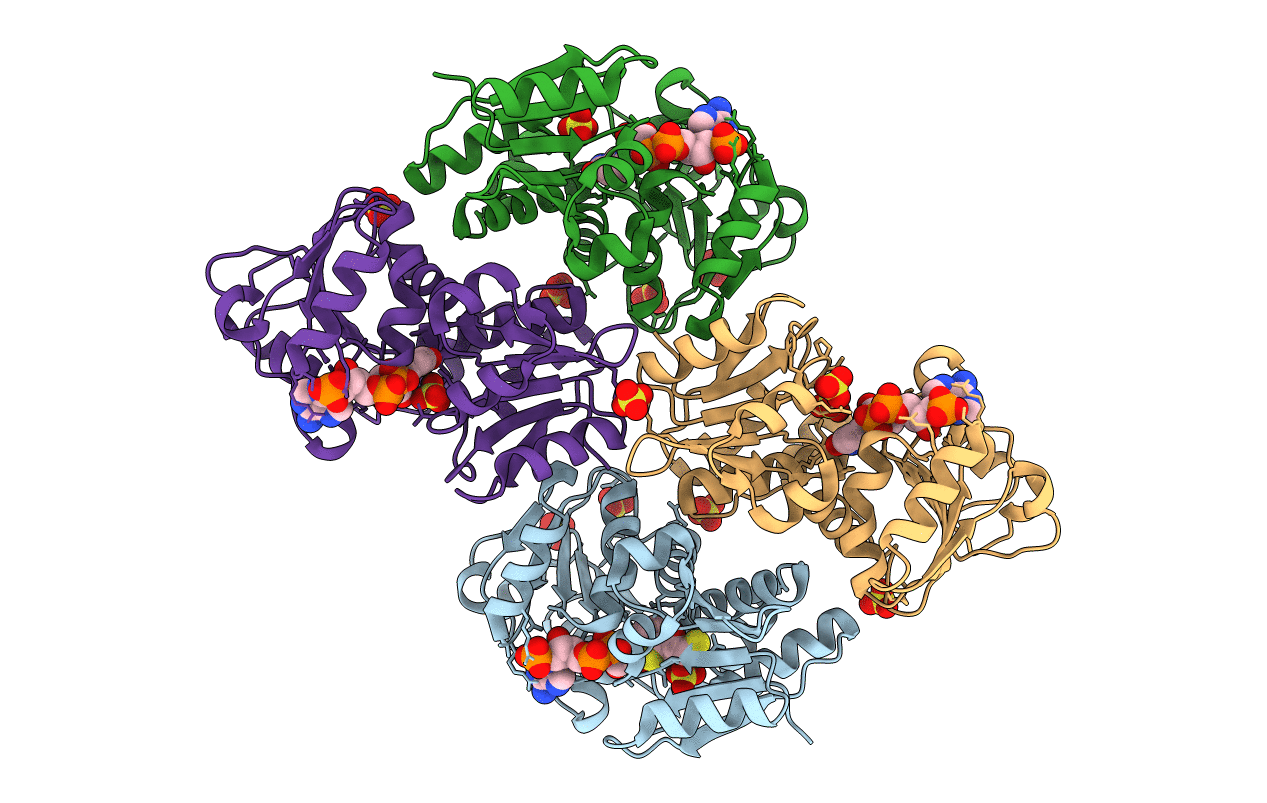
Deposition Date
2003-02-13
Release Date
2003-03-04
Last Version Date
2024-03-13
Method Details:
Experimental Method:
Resolution:
1.50 Å
R-Value Free:
0.16
R-Value Work:
0.13
R-Value Observed:
0.13
Space Group:
C 1 2 1


